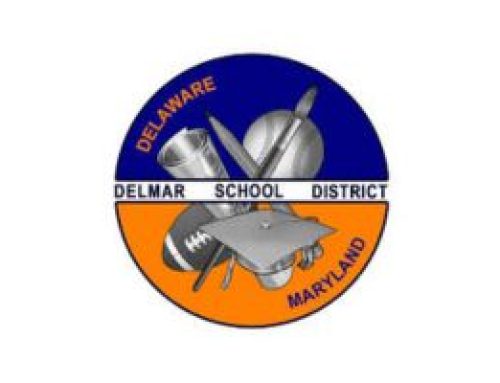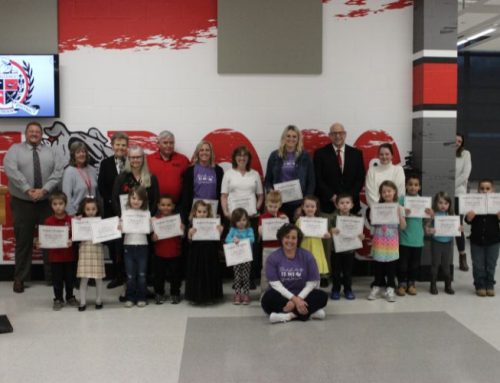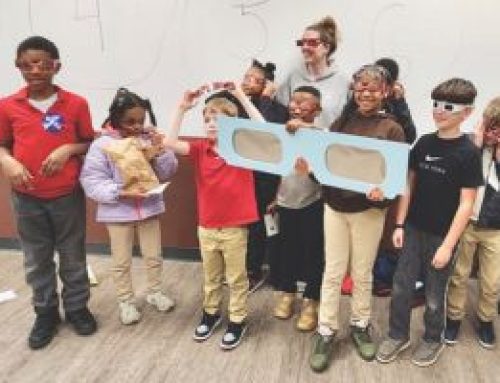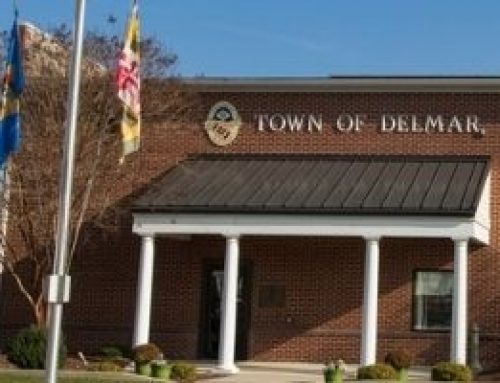This week starts a new era in schools as they start remote E-Learning. Area schools have been closed since mid-March due to the coronavirus outbreak. They are scheduled to return on May 18. Since the closure, the Delaware Department of Education along with area schools have been working on plans for students to communicate with their teachers using a computer. This is a huge task undertaken by teachers and school administrators to come up with plans to keep the students connected.
“We are ensuring that we have continuity for nutrition, education, and overall wellness is our paramount objective at this point,” said Dr. Shawn Larrimore, superintendent of the Laurel School District. “Our Nutritional Continuity Team, led by Directors Julie Gibbons and Susan Whaley, led the charge from the first week of schools being closed. With the help of the nutritional staff, our custodial and maintenance teams, and scores of staff volunteers, we are now providing over 6,000 meals per week at our two Grab N Go Meal sites—North Laurel Elementary Learning Academy and Laurel Elementary School.”
Laurel is also communicating with parents and students to keep them informed. Larrimore continued, “Our Educational Continuity Team, led by Assistant Superintendent Mr. Ashley Giska and our principals, has done a remarkable job getting a digital learning platform–Schoology–in place in a very small window of time. Mike Brown and our IT Team worked around the clock to ensure it would be ready for the April 6 start date. But our teachers, wow, our teachers have done an extraordinary job in their adaptation, flexibility, and positive mindset toward remote instruction. Ten days ago, only a handful of our teachers even knew what Schoology was, as the District didn’t use it. Today, our educators are using it to craft meaningful, high impact learning experiences. Every day, our teachers, administration, support staff, and related services folk are reaching out and touching bases with students and families. It’s heartwarming and heart-wrenching all at once. We all desperately want to see our students and families again. The teamwork and leadership that has come to the forefront among our teaching staff has been truly amazing.”
The district parents are to be commended also, according to Larrimore. “But the stakeholders who have done the most phenomenal job–and who have received the least acclaim–are our parents. Think about it. A lot of them are not allowed to work, so they’re home. Their kids are home. And they’re helping with lessons, navigating new frontiers themselves in not only technology, but also in learning. And while they are in all these uncharted waters–breakfast, lunch, and dinner still need to find their way to the family table. The laundry doesn’t stop. The house doesn’t clean itself. And they’re juggling all these responsibilities while trying to review their kids’ work in Algebra…in ELA…in Science…in everything.”
“This is new to all of us,” said Laurel’s Teacher of the Year Donna Sava, who teaches first grade at Laurel Elementary School. “We were trained on the use of our remote learning and it is still a learning process. For the students: they were sent log in information that sends them to their ‘classroom’. Within the classrooms, there are folders (sections) divided by subject and the lessons are embedded within each. It is somewhat user friendly and for most lessons, they can be completed online. For families that do not have internet access, they are able to pick up the packets at their child’s school. These packets mimic what is online. Families are able to contact their child’s teacher through the remote learning site, email, or any other arrangements made by the teacher. These lessons are for practice and review of things we already taught. We are not teaching new information as of yet. There is constant communication with teachers and administration as to what the expectations are.”
Sava also feels the students and parents will stay connected to the school. “I definitely think the remote learning it will keep us connected. Teachers and students are communicating through the ways mentioned. Some teachers are also setting up virtual activities with their classrooms. We just had show and tell in my classroom. We also contact families at least once a week to check in and see how everything is going.
“I believe it is important in all ways, mainly for the reason of staying connected with our school and students. We are ‘virtually’ keeping the students in school and setting a new set of routines and expectations for them. It is essentially a new learning environment. It also enables us to keep our relationships with our students, which is something so important for when we return to school. This is not an ideal situation, but I believe the Laurel School District is doing what is in the best interest of the students and their families while following the guidelines of the state and federal government. I am confident that teachers are missing school, missing teaching, and especially missing their students,” she said.
Zoom Video Communications is an American remote conferencing services company headquartered in San Jose, Cal. It provides a remote conferencing service that combines video conferencing, online meetings, chat, and mobile collaboration. There are several new video-conferencing program teachers use to communicate with their students along with Zoom; teachers also use Google-Meet or WebEx Video.
The Delmar School District is also working hard to plan and deal with a new way of learning and communicating with students and parents. According to a Delmar school official, “Delmar is working hard to make sure all students get the services they need. Each school has made learning packets that have been distributed and we are connecting through Zoom Conferencing technology and Schoology to stay in touch. We are at the very beginning stages and this is a huge learning curve for many educators, parents, and students.”





